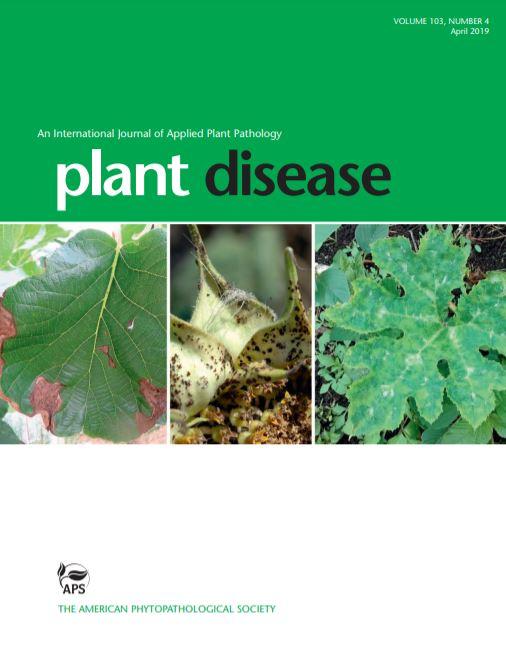
Credit: American Phytopathological Society
St. Paul, MN (April 2019)– The bacterium Xylella fastidiosa is notable for having a wide host range, with the ability to infect more than 300 plants. X. fastidiosa has a long history of causing serious harm to crops and trees in the Americas, with especially damaging repercussions on grapevine and citrus.
In 2013, X. fastidiosa was discovered for the first time outside of the Americas, attacking olive trees in southern Italy causing olive quick decline syndrome. Since then, it has been increasingly found in various environments throughout France and Spain on a variety of plant species and the demand for fast and reliable diagnostic tools is crucial to effective disease management strategies.
In a research article in Plant Disease, Bonants et al. record their efforts to improve the reliability of existing X. fastidiosa diagnostic tools. The team combined two existing tools with an internal control to develop a triplex TaqMan assay, which they then used to analyze DNA extracts in naturally infected plant material, artificially infected plant material, and uninfected plant material.
The triplex TaqMan assay has increased specificity as it targets two loci rather than just on locus on an X. fastidiosa genome. This is the first time a diagnostic tool of this type has been successfully developed for this pathogen.
Additionally, the researchers developed procedures for analyzing DNA extracts from both infected and healthy plants using next-generation sequencing (NGS) technology, marking the first time extracts from X. fastidiosa-infected plants were analyzed in this way. In all samples, DNA reads were detected specific for X. fastidiosa and in most cases the pathogen could be identified to the subspecies level. This new procedure leads the way for future track-and-trace studies.
###
More details about this study can be found in Development and Evaluation of a Triplex TaqMan Assay and Next-Generation Sequence Analysis for Improved Detection of Xylella in Plant Material in Plant Disease, Volume 103, Number 4, published April 2019.
About Plant Disease
Plant Disease is the leading international journal for rapid reporting of research on new, emerging, and established plant diseases. The journal publishes papers that describe translational and applied research focusing on practical aspects of disease diagnosis, development, and management in agricultural and horticultural crops. Follow us on Twitter @Plantdiseasej and visit https:/
Media Contact
Ashley Bergman Carlin
[email protected]
Related Journal Article
http://dx.




